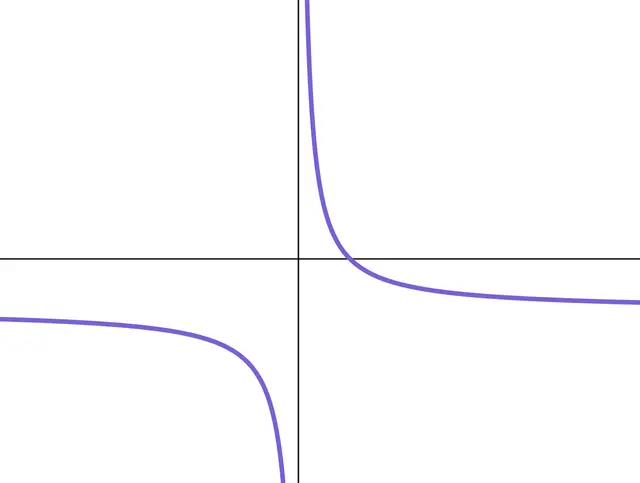Myths about teaching can hold you back


- Year 10•
- Higher
Advanced problem solving with non-linear graphs
I can use my knowledge of non-linear graphs to solve problems.


- Year 10•
- Higher
Advanced problem solving with non-linear graphs
I can use my knowledge of non-linear graphs to solve problems.
These resources were made for remote use during the pandemic, not classroom teaching.
Switch to our new teaching resources now - designed by teachers and leading subject experts, and tested in classrooms.
Lesson details
Key learning points
- The shape of the graph can be used to identify the form of its equation.
- Sketching the graph can help when solving problems.
- Problem solving requires you to draw on any useful knowledge.
Keywords
Quadratic - A quadratic is an equation, graph, or sequence whereby the highest exponent of the variable is 2
Cubic - A cubic is an equation, graph, or sequence whereby the highest exponent of the variable is 3
Exponential - The general form for an exponential equation is y = ab^x where a is the coefficient, b is the base and x is the exponent.
Asymptote - An asymptote is a line that a curve approaches but never touches.
Common misconception
A graph drawn on axes with no scale shown means nothing is known about the graph.
Understanding the shape of a parabola, cubic curve, and reciprocal graph and then applying key features like positive/negative coefficients and $$y$$-intercepts enables pupils to infer much about the equation without needing actual coordinate values.
To help you plan your year 10 maths lesson on: Advanced problem solving with non-linear graphs, download all teaching resources for free and adapt to suit your pupils' needs...
To help you plan your year 10 maths lesson on: Advanced problem solving with non-linear graphs, download all teaching resources for free and adapt to suit your pupils' needs.
The starter quiz will activate and check your pupils' prior knowledge, with versions available both with and without answers in PDF format.
We use learning cycles to break down learning into key concepts or ideas linked to the learning outcome. Each learning cycle features explanations with checks for understanding and practice tasks with feedback. All of this is found in our slide decks, ready for you to download and edit. The practice tasks are also available as printable worksheets and some lessons have additional materials with extra material you might need for teaching the lesson.
The assessment exit quiz will test your pupils' understanding of the key learning points.
Our video is a tool for planning, showing how other teachers might teach the lesson, offering helpful tips, modelled explanations and inspiration for your own delivery in the classroom. Plus, you can set it as homework or revision for pupils and keep their learning on track by sharing an online pupil version of this lesson.
Explore more key stage 4 maths lessons from the Non-linear graphs unit, dive into the full secondary maths curriculum, or learn more about lesson planning.

Licence
Prior knowledge starter quiz
6 Questions
Q1.__________ is a line that a curve approaches but never touches.
Q2.Laura plots the graph of $$y=x^3$$. When the $$x$$ coordinate is $$-4$$, the $$y$$ coordinate is .
Q3.Andeep plots the reciprocal graph $$y={1\over{x}}$$. Which of these will be coordinate pairs?
Q4.Jun graphs the circle $$x^2+y^2=16$$. When the $$y$$ coordinate is $$3$$, the $$x$$ coordinate is .
Q5.The general form of the equation of a circle with centre origin is $$x^2+y^2=r^2$$. What is the radius of the circle graphed by the equation $$x^2+y^2=25$$?
Q6.A quarter circle with radius 7 overlaps a square of length 7. Which of these calculations will give the shaded area?
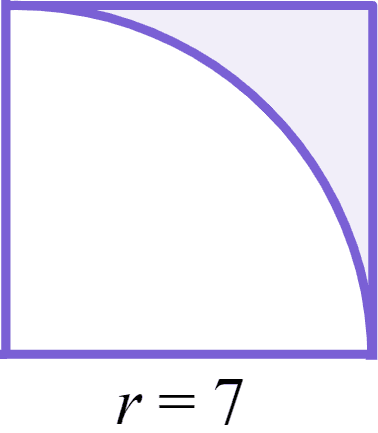
Assessment exit quiz
6 Questions
Q1.This is an example of __________ graph.
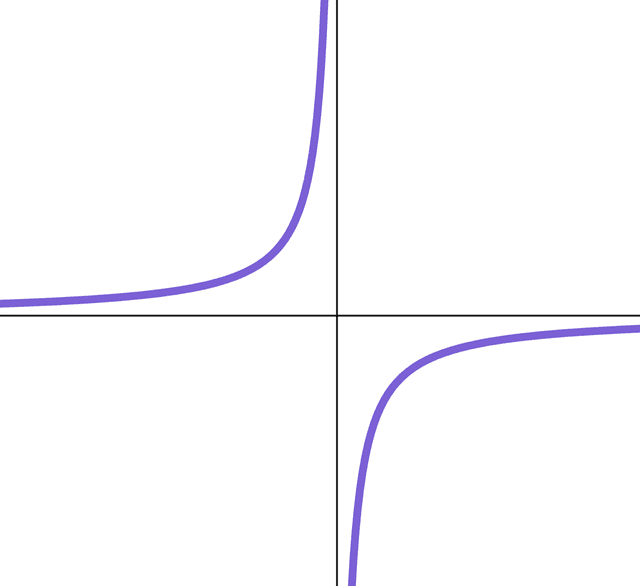
Q2.This is an example of __________ graph.
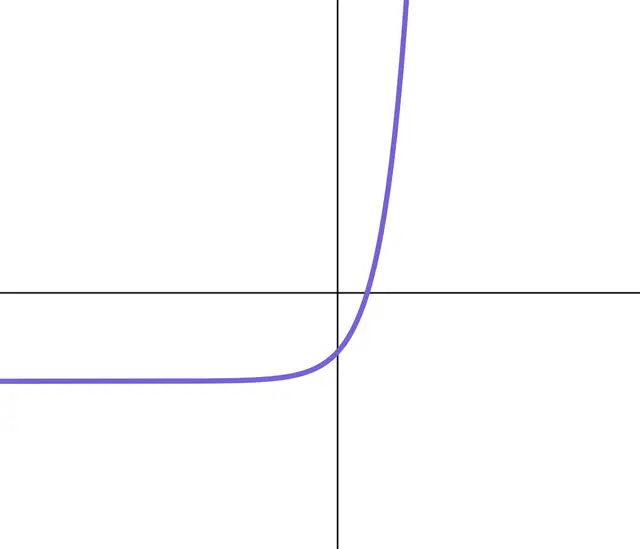
Q3.How can you tell that this is not the graph of $$y={5\over{x}}$$?
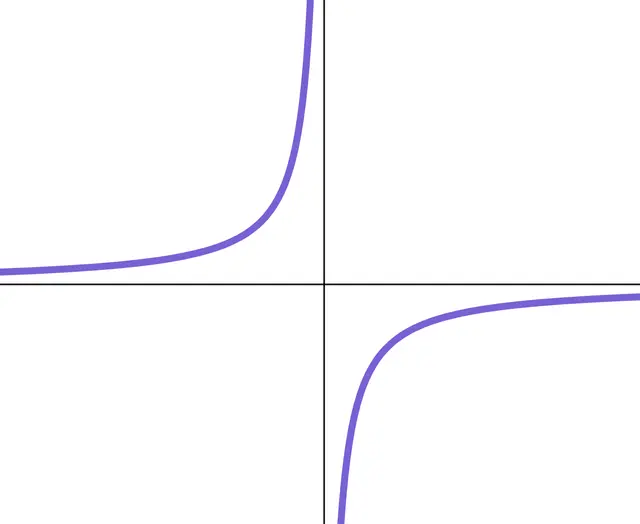
Q4.Which of these could be the equation of this graph?
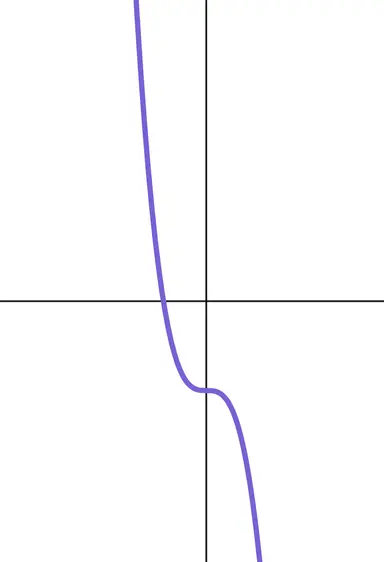
Q5.Which of these could be the equation of this graph?
